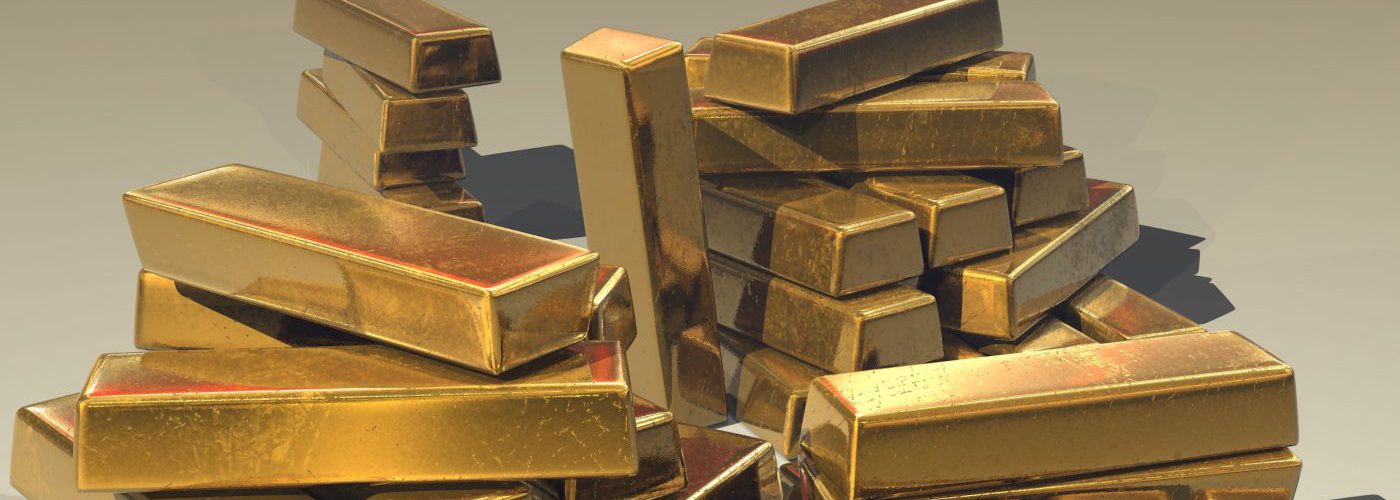
K3M is advising buyers and sellers on trading Precious Metals
Gold is a soft, yellow metal. Like all other metals, gold is also highly malleable and ductile. Moreover, gold is able to conduct both electricity and heat rather easily. The atomic number of gold is 79, and its elemental abbreviation is AU (from the Latin 'aurum' meaning 'shining dawn'). Gold has an extremely high density at 19.3 g per cubic centimeter (slightly greater than lead).
Uncertainty about the economic development worldwide has driven the demand for gold upwards. From January to March 2016 1.290 tons were requested, which were 21 percent more than the same period last year, the World Gold Council announced. The demand has thus reached the second highest level in history. Gold is considered a reliable investment.
The high demand was "fed from the worries of investors in the face of economic instability and an uncertain financial environment," the World Gold Council further stated in London. This organization represents the major producers.
Although gold is considered safe because it is rare and will probably always be in demand. But the wealth of investors only grows if the gold price rises - ongoing annual interest does not exist.
Platinum is a chemical element with symbol Pt and atomic number 78. It is a dense, malleable, ductile, highly unreactive, precious, gray-white transition metal. Its name is derived from the Spanish term platina, which is literally translated into "little silver".
Platinum is a member of the platinum group of elements and group 10 of the periodic table of elements. It has six naturally occurring isotopes. It is one of the rarer elements in Earth's crust with an average abundance of approximately 5 μg/kg. It occurs in some nickel and copper ores along with some native deposits, mostly in South Africa, which accounts for 80% of the world production. Because of its scarcity in Earth's crust, only a few hundred tonnes are produced annually, and given its important uses, it is highly valuable and is a major precious metal commodity.
Platinum is one of the least reactive metals. It has remarkable resistance to corrosion, even at high temperatures, and is therefore considered a noble metal. Consequently, platinum is often found chemically uncombined as native platinum. Because it occurs naturally in the alluvial sands of various rivers, it was first used by pre-Columbian South American natives to produce artifacts. It was referenced in European writings as early as 16th century, but it was not until Antonio de Ulloa published a report on a new metal of Colombian origin in 1748 that it began to be investigated by scientists.
Platinum is used in catalytic converters, laboratory equipment, electrical contacts and electrodes, platinum resistance thermometers, dentistry equipment, and jewelry. Being a heavy metal, it leads to health issues upon exposure to its salts; but due to its corrosion resistance, metallic platinum has not been linked to adverse health effects. Compounds containing platinum, such as cisplatin, oxaliplatin and carboplatin, are applied in chemotherapy against certain types of cancer.
